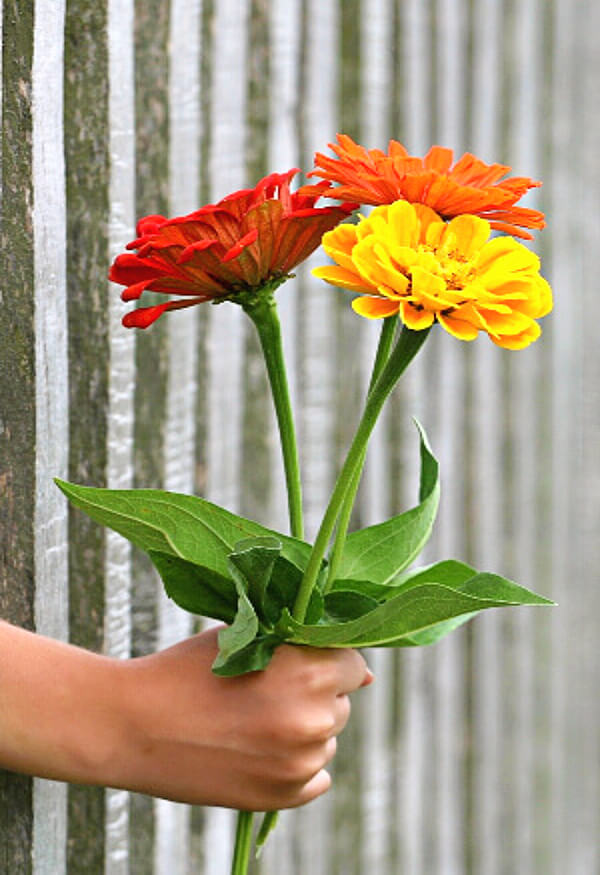*** Free UK Shipping On All Orders Over £35 ***
Menu
-
- Home
-
Hair Care
- Natural Shampoo Bars
- Natural Conditioner Bars
- Match Your Hair
- Bathroom Accessories
-
Shampoo Bar Blogs
- A Complete Guide To Shampoo Bars
- How To Use A Shampoo Bar
- 5 Things To Check When Buying Shampoo Bars
- Purple Shampoo 101: A Comprehensive Guide
- Can Shampoo Bars Damage Hair?
- Essential Guide To Curly & Afro-Textured Hair
- Best Shampoo for Your Hair? Liquid Shampoo vs. Solid Shampoo
- Bad hair day? Your Postcode Could Be The Root Cause!
- Conditioner Bar Blogs
-
Body Care
-
Equine Care
-
Canine Care
-
Hospitality
-
Wholesale
-
- 01367 242592
- Login
-
GBP

*** Free UK Shipping On All Orders Over £35 ***

Rebecca's ECO Blog
The Latest News and Tips from the Company Founder

Get 10% Off Your Order Today!
Sign up to offer & tip emails and Get 10% Off Your Order Today by using discount code THANK YOU at checkout!







